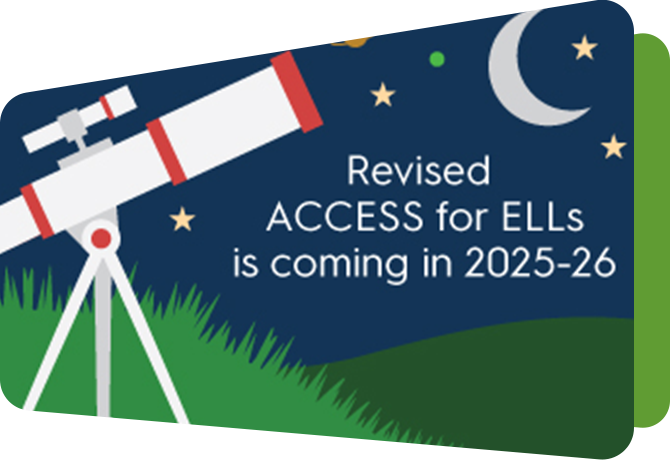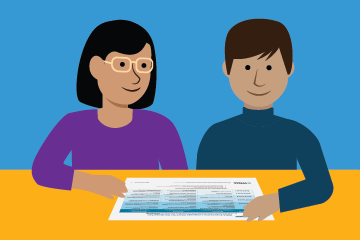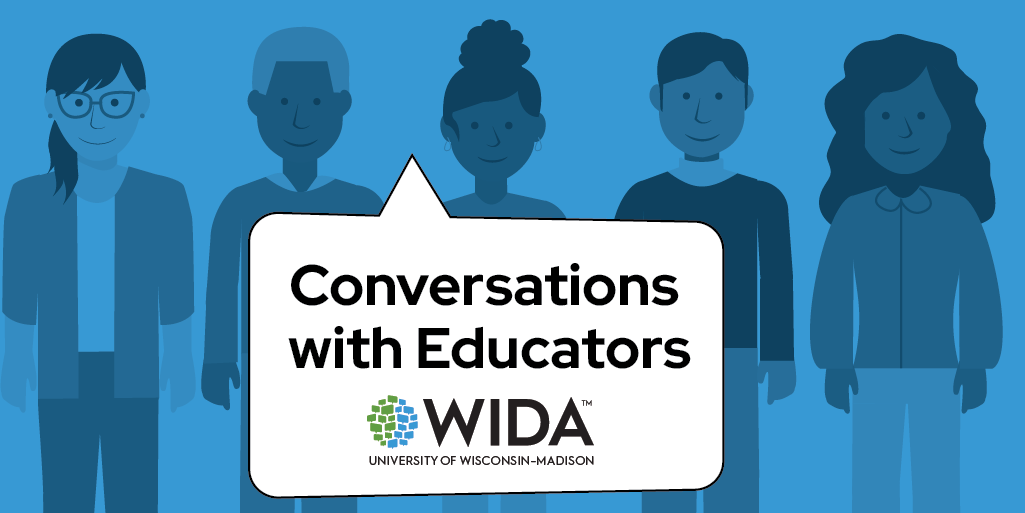July 2018 Featured Educator: Shannon Rodriguez
Where do you teach? What grade(s)? How long have you been a teacher and how long have you been at your current school?
I teach in the Richmond Metro Area in Chesterfield County Public Schools. I instruct learners in Grades K-5. I worked as a substitute teacher, tutor, and adult educator for eight years before pursuing fulltime K-12 employment in 2015. I have worked at Bensley Elementary School for three years. What is your class, school and district like? Can you tell me a little about its location, size and about the composition of the student body? Bensley Elementary is a Title I school and has been twice recognized nationally as a distinguished school. 93% of our learners are thriving below the national poverty line. We are also very much a Title III school. Roughly 75% of our learners receive ESOL services. Our students come from an area known as The Jeff Davis Corridor. This is a low-income area characterized by check-cashing businesses and weekly rate motels. My ESOL learners primarily hail from the Spanish speaking countries of Guatemala, Honduras, El Salvador, and Mexico. We also enjoy having learners from Russia and Nigeria.
Why are you an educator? What do you love about your job? What frustrates you?
I am the eldest of 12 children so I have found myself in the position of "educator/leader" for the bulk of my life. I am also a career switcher. I worked in state-based lobbying, retail management, domestic services, dermagraphics, and various other fields before taking on teaching full time. I love to help these learners show off. Many of them arrive with first language knowledge and I find myself with the task of helping them express that in English. I get excited when I see a learner "get it." To see that light go off for them and unlock that door to communication; I seek that ceaselessly. I find frustration in the guidelines prescribed for ELL service and the lack of hard policy protecting and ensuring equity in the allocation of educational resources. The willful ignorance concerning effective instruction of ELLs by colleagues due to the lack of accountability to non-English speaking parents is also a factor of frustration.
What is your approach in your classroom/school towards multilingual learners? What techniques/strategies have you found to be most effective in teaching language learners?
Many of our ELLs have seen people in positions of authority as threats. People with authority have the power and means to separate them from their families. It is my primary goal for them to see me as an ally. I am their advocate and their educator. They must know that they are safe, they are valued, and we will seek progress not perfection.
I work in a collaborative environment. My collaborating teacher and I utilize SIOP strategies and assistive technology to monitor comprehension and plan for effective instruction. It is important for learners to not feel "othered." We often pull non-English language learners in for small group work to foster a more inclusive peer group. We have found that the desire to play with their classmates serves to encourage the development of the interpersonal communication skills. We develop activities to incorporate academic language into these student-structured interactions. This makes for more authentic language learning.
How do you determine/decide what language to focus on in a lesson? Describe your planning process to address the needs of language learners, if possible.
Students newly arrived to the U.S. will have some assistance in their L1, if it will serve instructional communication. Students at English proficiency levels 2 and above are expected to be able to follow along, to a certain degree, within a lesson instructed in English. Certain scaffolds are created to encourage understanding and alleviate frustration.
What benefits or strengths do language learners bring to your classroom/school/community?
Resilience. These are not your traditional learners. They have traveled many miles and have witnessed or been the victims of unspeakable crimes and tragedies. Those coming to the United States from the south are genuine refugees. The United States is the dream they seek. Their goals are to remain in the United States, learn the language, get a job, raise a family. The American Dream is their goal; a goal is a dream with a deadline. My students speak of growing up, getting a job, buying a house, getting married, and raising a family. They relay to their instructors that they understand that English language is the key and starting off point to accomplishing this goal. The deadline we experience is the limited amount of time we have with one another. Students pass out of ESL support at an overall level of 4.4. Sometimes their speaking may be a 6 and their literacy may be a 2.4 but under our current policy they are no longer eligible to direct language support services, only monitor/interventions.
How do you encourage students to learn? How do you accelerate their language development and ensure their equitable access to content learning?
I encourage development through play. I feel that I am better placed to make an impact when the student is relaxed. I often boast that I trick kids into learning every day. I used to work as a professional clown and entertainer and I often tap into this prior experience while teaching. I present the information in an engaging and entertaining way. The students and I practice the application of the information together. Finally, the learners are asked to produce evidence of their mastery of the content. The evidence is differentiated per their Can Do Descriptors and they are encouraged to impress me and shoot for the next step on that ladder of acquisition.
How do you assess your students' language learning? How do you use the results of formative (ongoing assessments of progress towards instructional goals) and/or summative testing (such as annual tests like ACCESS)?
The Can Do Descriptors offer me a means for differentiating students' academic assessments while remaining within their level of expected output linguistically. The formal accommodations offered by the state are provided to learners in summative assessment. The students are involved in their academic progress discussions. They have a portfolio that displays their work from Day 1 until their end of year assessment. They establish their Can Do goal at the beginning of the year and we check in at minimum quarterly. They decide what is their best work to exemplify their language development as well as their academic progress. Mastery of the academic feature is determined by state-developed "I Can" statements.
Do you and your colleagues have the resources you need to teach ELLs adequately? What would you most like to add to your available resources or training?
We are sorely underfunded and over worked. Often times there is not enough time to adhere to federal guidelines on ESL service due to staffing opportunities. Content teachers are unable to obtain training and professional development on how to best instruct ELL due to a lack of qualified substitutes. Translators are not available to have meaningful conversations with the guardians of our ELL and their instructors. Administration is focused on the tenets of NCLB while ignoring the impending ESSA. I would love for all teachers to be able to attend professional development in SIOP as well as cultural sensitivity training. Power of instruction comes with the instructor's understanding of the student.
How has WIDA helped you achieve your goals as an educator?
I utilize the Can Do Descriptors as a means to develop expectations and a common language of what these students can accomplish. Each year I am charged to support the development of a learner's language acquisition as well as their academic growth. I am not so bold as to think I can accomplish this alone. Teachers that I collaborate with have laminated copies of the descriptors with students' names on them in dry erase. The students are aware of this as well, and they strive to ascend the Can Do ladder. My professional growth goals in a Title I school are typically based on a learner's reading and writing development. The ACCESS test is used as my determiner for growth and success overall.





